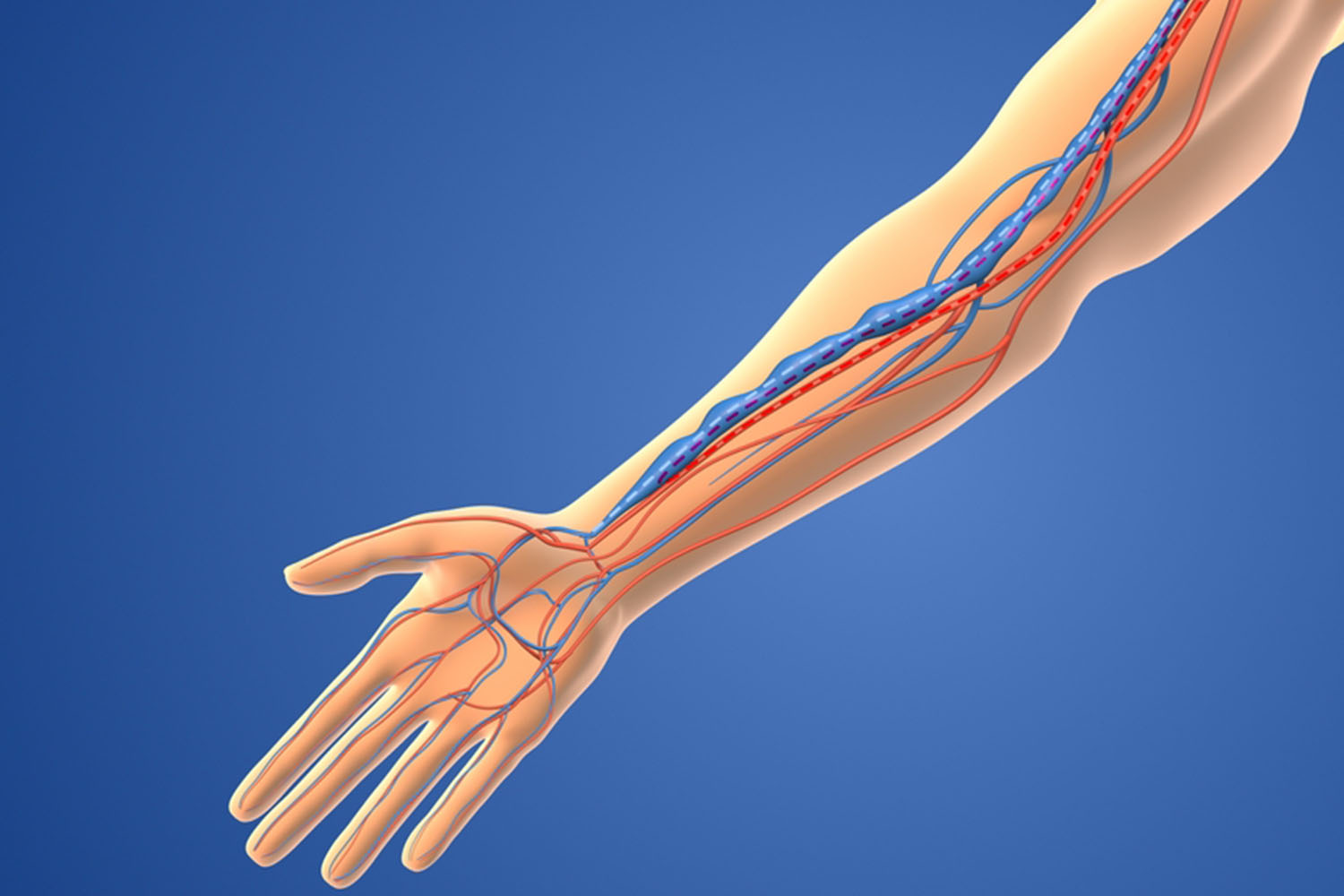Overview
Chronic kidney disease (CKD) is a growing global health concern, affecting millions of people worldwide. As the disease progresses to end-stage renal disease (ESRD), patients often require dialysis to sustain life. One of the most effective and preferred methods for long-term hemodialysis access is the arteriovenous (AV) fistula. In this blog, we’ll delve into the significance of AV fistulas for dialysis, supported by international research and medical facts.
What is an AV Fistula?
An AV fistula is a surgical connection made between an artery and a vein, usually in the arm. This connection creates a high-flow, low-resistance circuit, which is essential for efficient dialysis. The increased blood flow through the vein causes it to enlarge and strengthen, making it suitable for repeated needle insertions during dialysis sessions.
The Importance of AV Fistulas for Dialysis
AV fistulas are considered the gold standard for vascular access in hemodialysis for several reasons:
- Longevity and Durability: AV fistulas can last for many years, sometimes even decades, with proper care. This is significantly longer compared to other access types like central venous catheters and AV grafts.
- Lower Risk of Infections: Because AV fistulas are created using the patient’s own blood vessels, the risk of infection is considerably lower compared to synthetic grafts or catheters.
- Improved Blood Flow: The high blood flow achieved through an AV fistula ensures more efficient dialysis, leading to better clearance of toxins from the blood.
- Fewer Complications: AV fistulas are associated with fewer complications, such as thrombosis (clotting) and stenosis (narrowing of blood vessels), which are more common in synthetic grafts and catheters.
International Research and Guidelines
International guidelines, including those from the National Kidney Foundation (NKF) and Kidney Disease: Improving Global Outcomes (KDIGO), strongly recommend AV fistulas for dialysis patients. Research from various countries supports the efficacy and benefits of AV fistulas:
- United States: The Dialysis Outcomes and Practice Patterns Study (DOPPS) has shown that patients with AV fistulas have better survival rates and fewer hospitalizations compared to those with other types of access.
- Europe: A study published in the European Journal of Vascular and Endovascular Surgery highlighted that AV fistulas offer superior long-term patency and fewer complications, reinforcing their status as the preferred access type.
- Asia: Research in Japan and China has demonstrated similar findings, with AV fistulas providing better outcomes and quality of life for dialysis patients.
The Process of Creating an AV Fistula
The creation of an AV fistula involves a minor surgical procedure performed by a vascular surgeon. Here’s a brief overview of the process:
- Preoperative Assessment: Before surgery, patients undergo a thorough assessment, including vein mapping using ultrasound to identify suitable vessels.
- Surgical Procedure: The surgeon creates a connection between an artery and a vein, usually in the wrist or forearm. This procedure is typically done under local anesthesia and takes about 1-2 hours.
- Maturation Period: After surgery, the fistula requires time to mature, usually 6-12 weeks. During this period, the vein enlarges and strengthens, becoming ready for dialysis.
Caring for an AV Fistula
Proper care and maintenance of an AV fistula are crucial for its longevity and functionality. Patients are advised to:
- Monitor for Signs of Infection: Look for redness, swelling, or warmth around the fistula site and report any signs to the healthcare provider.
- Avoid Heavy Lifting: To prevent strain on the fistula.
- Check for Bruits and Thrills: Regularly feel for the buzzing sensation (thrill) and listen for the whooshing sound (bruit) to ensure the fistula is functioning correctly.
- Practice Good Hygiene: Keep the fistula site clean and dry to minimize infection risk.
The AV fistula for dialysis remains the preferred vascular access for patients with ESRD, providing numerous benefits such as longevity, lower infection risk, and improved dialysis efficiency. Supported by extensive international research and guidelines, the AV fistula is a lifeline for many patients, offering them a better quality of life and improved health outcomes. By understanding the importance and proper care of AV fistulas, patients and healthcare providers can work together to ensure optimal dialysis treatment and overall well-being.



